Nearly 2,000 hectares of summer-autumn rice have not been sown yet.
According to the crop calendar, the entire Huong Khe district ( Ha Tinh ) has more than 2,200 hectares of summer-autumn rice, which must be completed by June 15. However, up to now, the locality has only been able to plant nearly 1,900 hectares, reaching about 85% of the plan.
Ms. Tran Thi Thu (Nam Trung village, Dien My commune, Huong Khe) shared: "This crop, I produced 6 sao of rice (Khang Dan and Xuan Mai varieties). People in this area usually harvest spring rice later than in the plains, so now people are speeding up the progress of land preparation, cleaning the fields, and weeding the banks to level the ground and sow in time. In addition, some areas that were sown earlier but hit by heavy rains due to the impact of storm No. 1 also had to be completely re-sown."

In Trung Luong Ward (Hong Linh Town), Mr. Phan Van Hung is also busy preparing the land to plant more than 5 sao of his family's rice field. Mr. Hung said: "This year, the spring harvest is about a week later than last year. Right when the land was being prepared, it rained continuously, we had to wait for the water to recede, which caused a lot of delay. My family is mobilizing human resources, trying to complete it in the next few days."
It is known that this summer-autumn crop, Hong Linh Town plans to plant more than 1,340 hectares of summer-autumn rice. Although the crop calendar has ended, the locality still has more than 200 hectares that have not been planted. According to the Department of Agriculture and Environment of Hong Linh Town, the main reason is due to unfavorable weather and some households are still subjective and have not proactively implemented the crop calendar. Local authorities are actively urging people to take advantage of favorable weather, mobilize human resources and machinery to close the remaining area early, minimizing risks at the end of the crop.

According to the crop calendar, the whole province strives to complete the summer-autumn crop before June 15, so that the rice can bloom from August 5 to 10, and finish harvesting before September 10. Although the progress of the crop basically meets the general direction of the province, compared to previous years, it is still 3-5 days slower. In addition, up to this point, nearly 2,000 hectares of rice have not been sown, concentrated in Hong Linh Town, Vu Quang, Thach Ha, Nghi Xuan... The reason is that since the beginning of the crop, the weather has continuously experienced extreme phenomena, with many thunderstorms, tornadoes, and lightning, affecting the spring rice harvest and the implementation of the summer-autumn crop. Hundreds of hectares of summer-autumn rice have even been flooded due to heavy rain, and must be replanted from the beginning.
According to experts, summer-autumn rice areas that have not been sown yet will face the risk of reduced productivity and many difficulties in harvesting if they are unlucky enough to encounter late-season rain and storms. Technically, late-sown rice usually ripens after September 10, making it very susceptible to heavy rains and localized flooding. In addition, this area is also subject to higher pest and disease pressure because the basic growth stages coincide with a period of prolonged heat and humidity.
In this situation, the Department of Agriculture and Environment requires localities to focus on promoting the progress of planting and completing the production plan as soon as possible. Prioritize the maximum use of short-term varieties from 95 to 100 days suitable for soil and climate to ensure summer-autumn rice grows within a safe time frame, avoiding natural disasters.
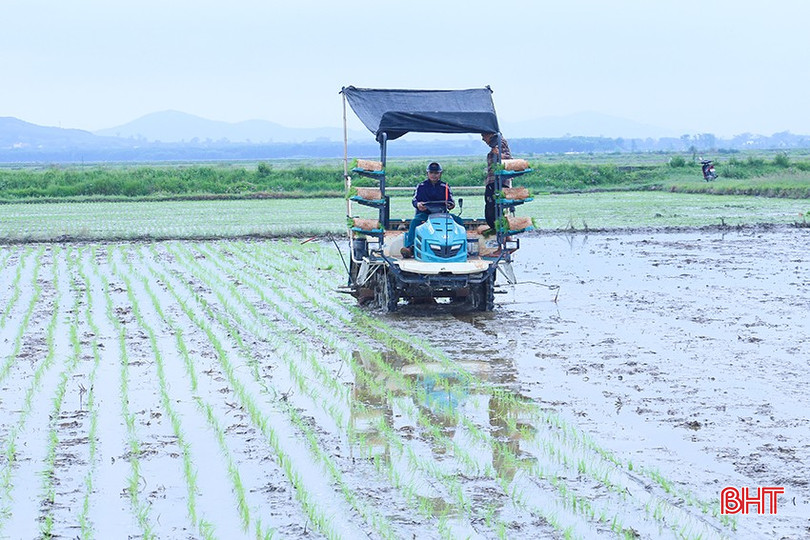
Focus on care and pest control at the beginning of the season
It is forecasted that from now until the end of the harvest season, unusual weather will continue to have a major impact on production. In particular, storms and tropical depressions are likely to occur early, with a storm directly affecting Ha Tinh, threatening rice productivity if not harvested in time. In June and July, many prolonged heat waves and high temperatures will affect the growth of rice plants; the hot and humid climate will create favorable conditions for pests such as brown planthoppers, leaf rollers, blast, and silver leaf… to develop strongly. Therefore, authorities at all levels and farmers need to be more proactive in caring for rice plants to grow well.
Currently, many farmers in Ha Tinh have also focused on care, water management and pest control in the early summer-autumn crop. This is considered a key factor to ensure that rice takes root, recovers quickly, and tillers well, creating the premise for the next growth stages.
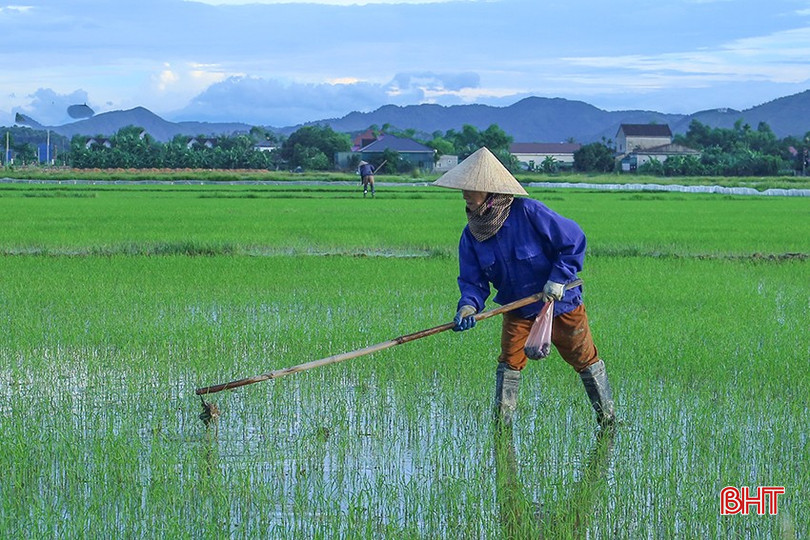
According to records in the fields of Khanh Vinh Yen commune (Can Loc), people are actively destroying harmful golden apple snails and starting to prune according to the recommended density, ensuring that the rice plants grow evenly. Ms. Tran Thi Thu (Van Cuu village, Khanh Vinh Yen commune) said: “The weather is quite cool, with thunderstorms, so the rice takes root and grows very quickly. I don't have to spend much time pruning, it will probably be finished in a few days. However, this time, golden apple snails have appeared in large numbers, damaging young rice, some places have been bitten off in large areas.”
In the fields of Thach Van commune (Ha Tinh city), in recent days, people have also been actively pruning and preventing pests and diseases in the early rice crop. Ms. Tran Thi Dao (Trung Van village) said: "This area finished sowing early, so now it is in the concentrated pruning period. People often go to the fields early in the morning or late in the afternoon to avoid the sun and work more effectively."
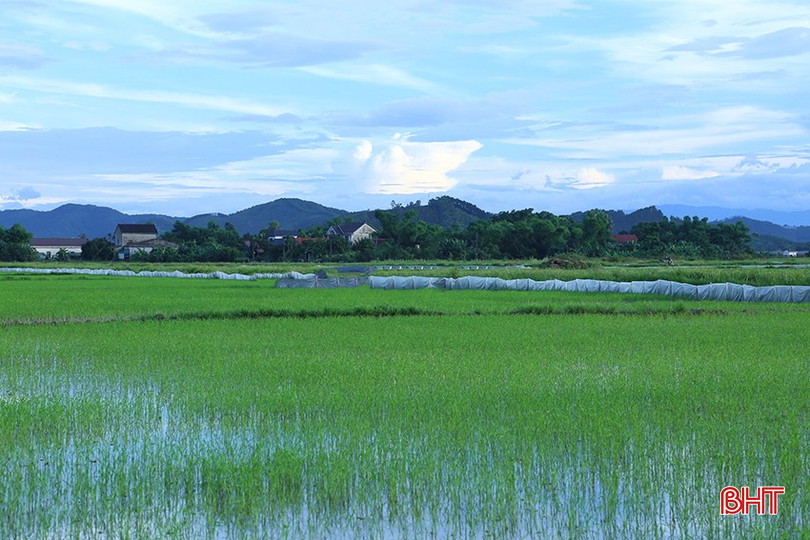
According to the Ha Tinh Department of Crop Production and Livestock, in the coming time, rice plants will continue to take root, recover, and begin to develop many stems and leaves. Therefore, farmers need to make the most of water resources from the canal and ditch system; maintain a water level of approximately 3 - 4 cm, conduct pruning, ensure density to help the rice tiller healthily; monitor the growth process, and apply the first top dressing at the right time.
In addition, some early-season pests have also begun to appear, such as: golden apple snails in deep, flooded fields; thrips causing damage in some areas sown early, fields lacking water, with scattered density...
Therefore, along with care and fertilization, farmers need to visit the fields regularly, detect pests early to handle them promptly, and avoid widespread spread. Experts recommend that proactive care and pest control from this time will help rice grow well, reducing the burden of costs and risks for farmers in the summer-autumn crop.
Source: https://baohatinh.vn/thoi-vu-chua-dam-bao-san-xuat-he-thu-tiem-an-bat-loi-post289998.html


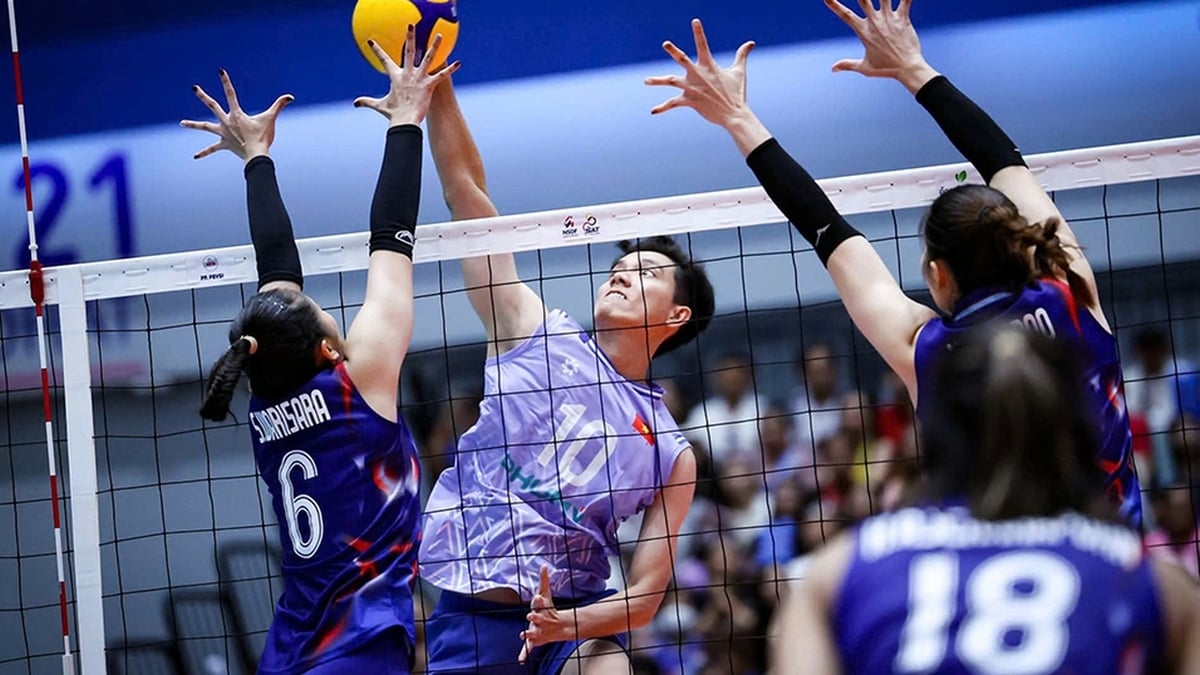

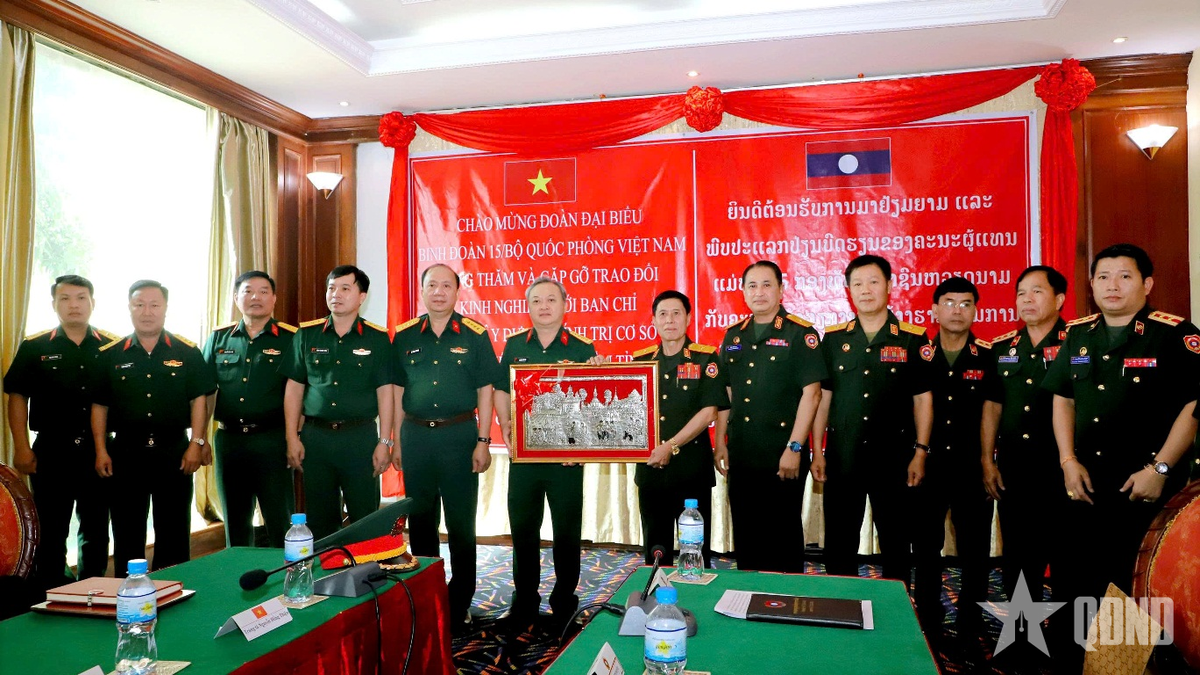
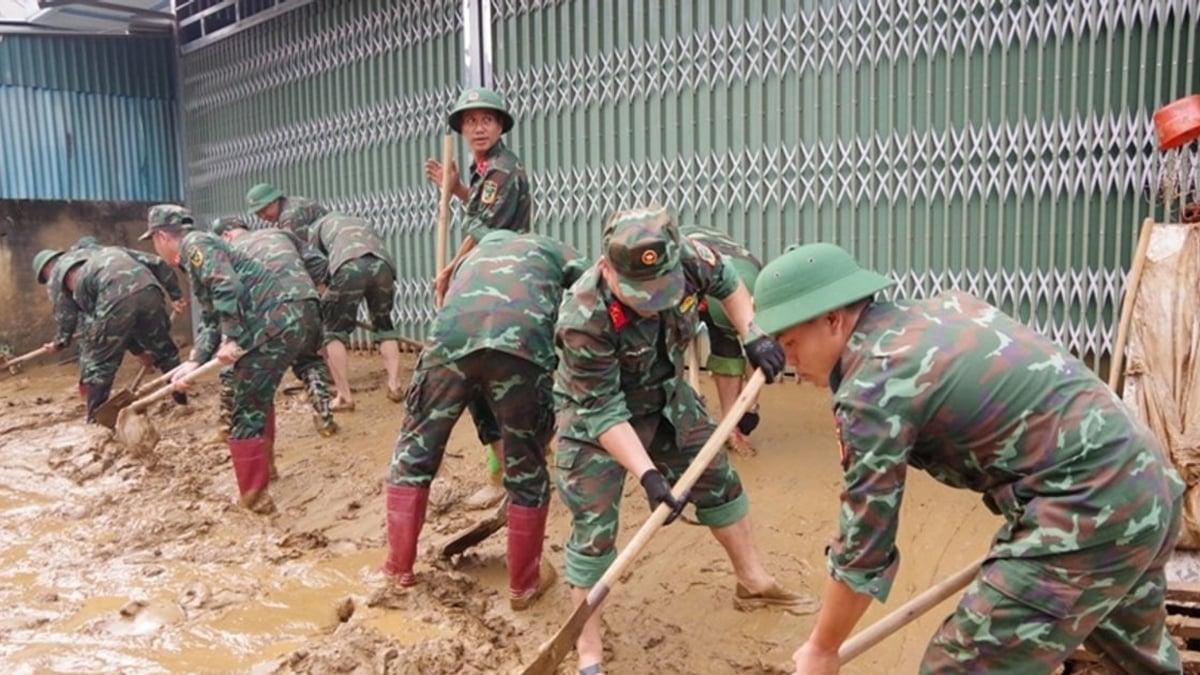




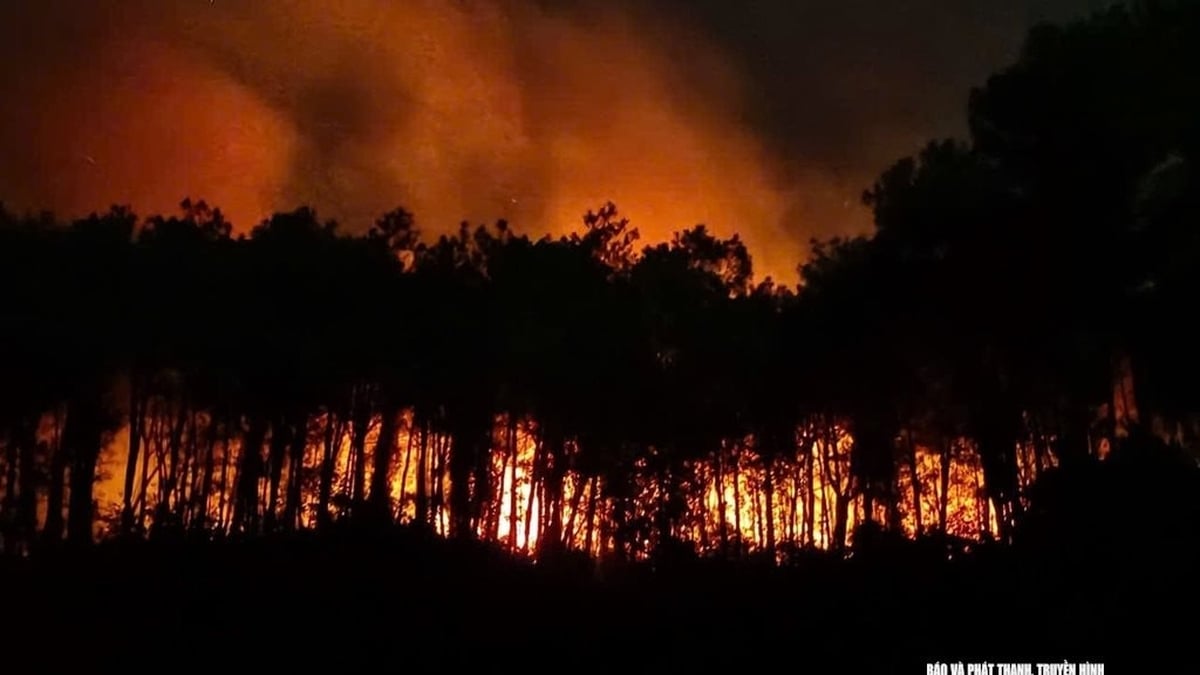
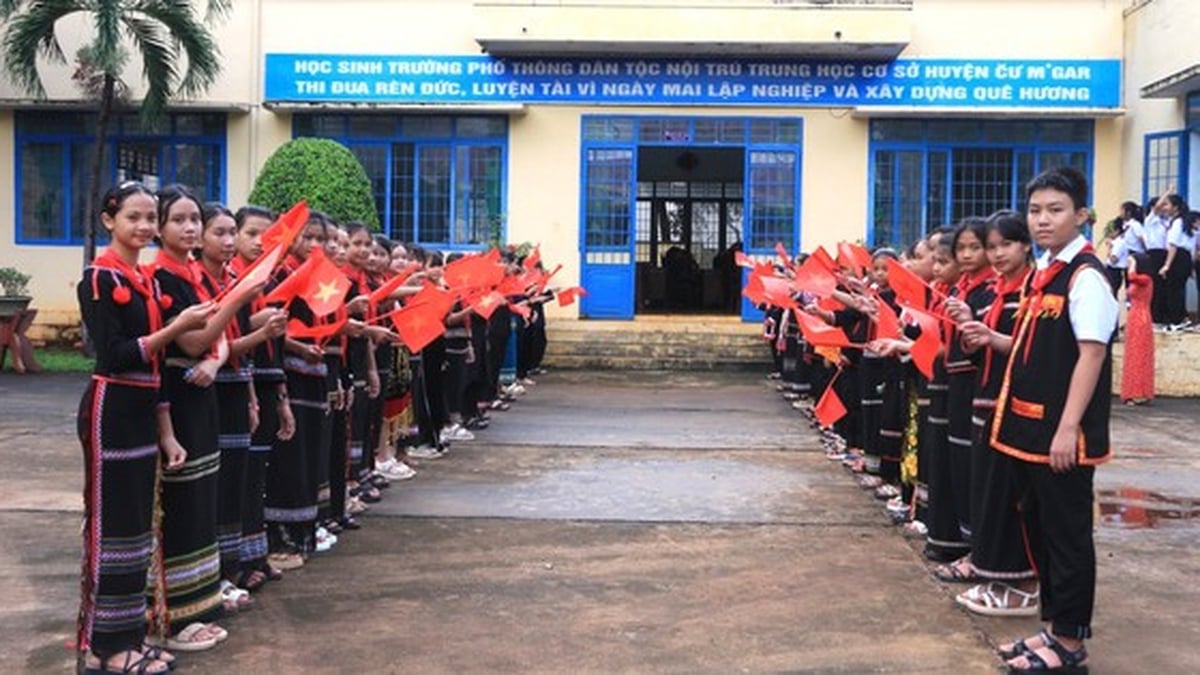






















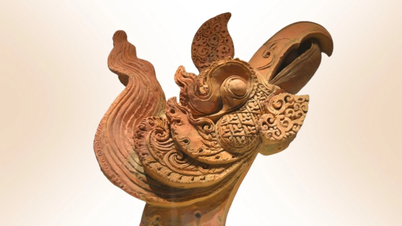



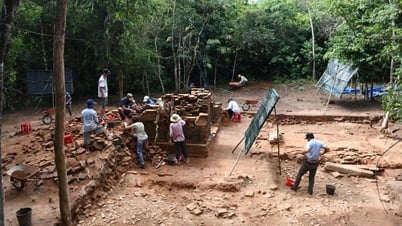











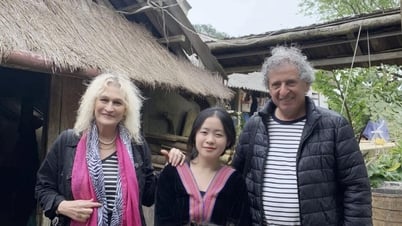
















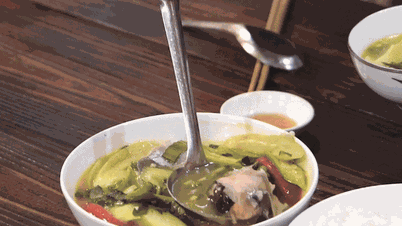





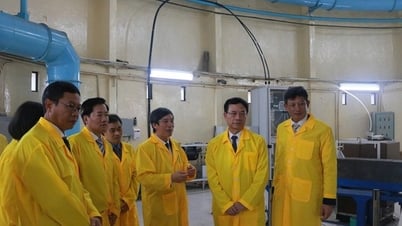

























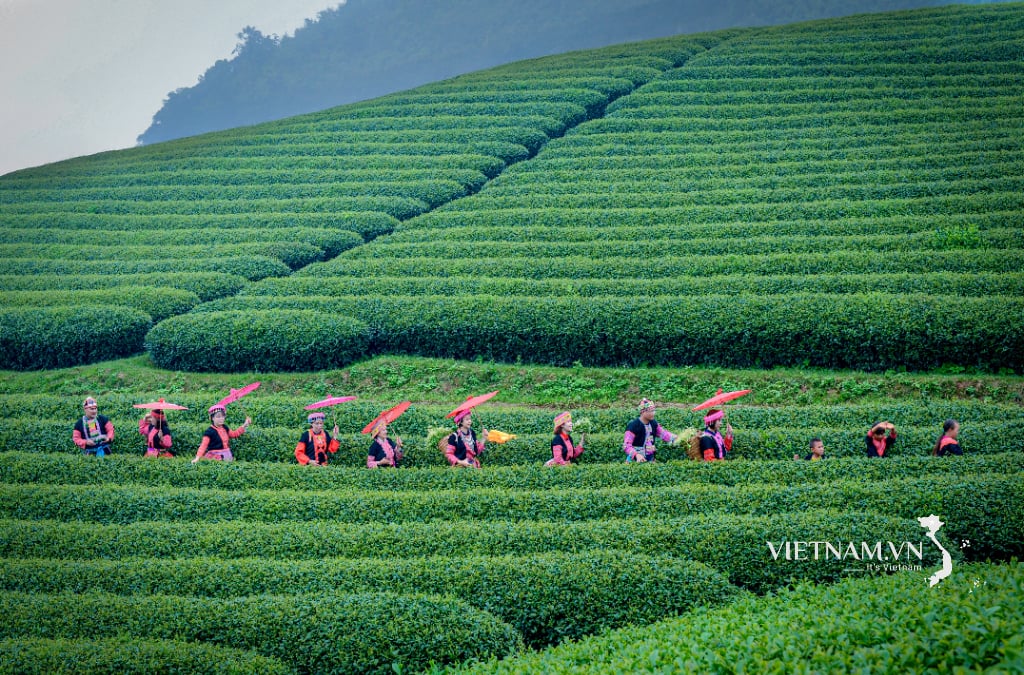
Comment (0)